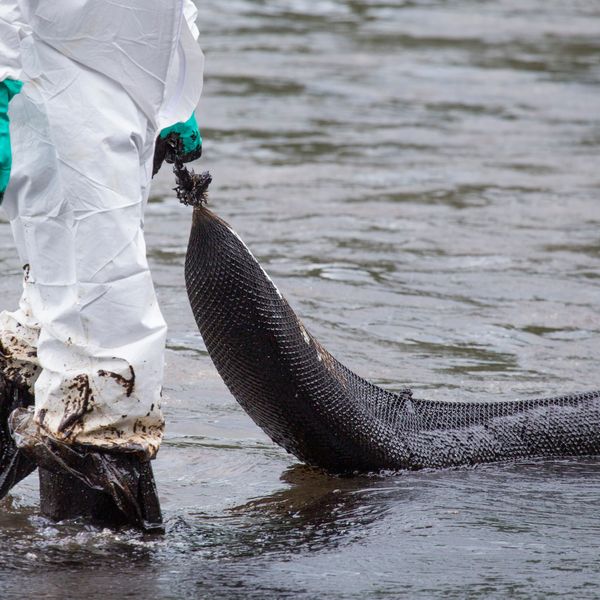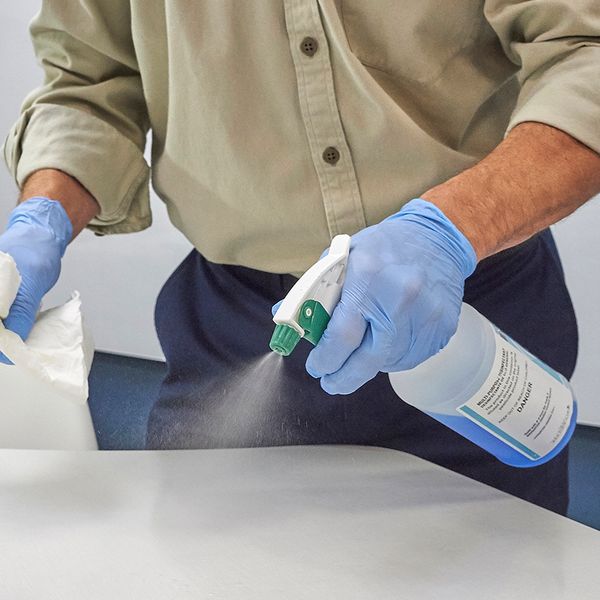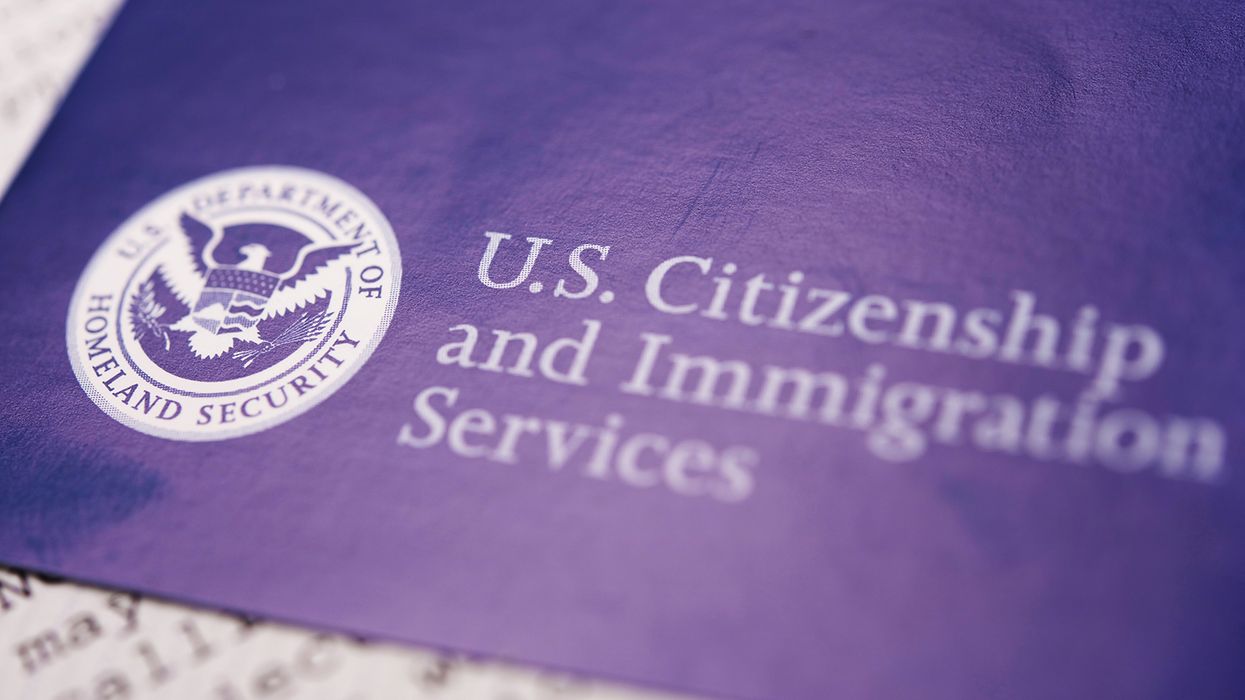Assuming it’s just cold/flu: OSHA flags this recordkeeping no-no
In support of oil-spill cleanup workers, one organization pressed OSHA to clarify the cold and flu recordkeeping exemption. Now, OSHA just posted a November 15th letter of interpretation that may make employers a bit uneasy. The letter explains that it’s “not sufficient” for employers to simply assume that the exemption at 29 CFR 1904.5(b)(2)(viii) applies where a worker is suffering from cold- or flu-like symptoms.
The watchdog organization tells OSHA that employers may be misclassifying some worker illnesses as the common cold or flu, when they’re actually caused by oil/chemical exposure at work.
Watchdog demands answers
The organization asked:
- How does OSHA define the common cold and flu as used in 1904.5(b)(2)(viii)?
- How should employers determine whether the common cold and flu is the source of an employee's illness, and thus exempt from recording/reporting requirements?
- How should employers handle a workplace exposure that can cause illness that mimics the symptoms of the common cold and flu?
OSHA’s response
The agency letter states that, under Part 1904, employers must make accurate and good faith determinations about the recordability of illnesses or injuries. The agency adds, “While OSHA's regulations do not require employers to record incidents of the common cold or flu, it is not sufficient for the employer to simply assume that the exception applies to a given situation where an employee is suffering from common cold or flu like symptoms without further investigation and analysis.”
To determine whether a worker has the common cold or flu, the employer should apply the same analysis used to evaluate the recordability of other worker illnesses and injuries, OSHA argues. The letter then walks through the relevant steps to determine recordability. You’ll want to closely review the November 15, 2023, letter of interpretation. However, we summarize the points of the letter below.
Is it an illness?
OSHA says you must decide whether an illness has occurred. (Illness is defined at 1904.46.) If you are uncertain, you may refer the worker to a licensed healthcare professional for evaluation. Then, you may consider the professional's opinion in determining whether an illness exists.
Is it work-related?
If it’s an illness, you must make a good faith determination about its work-relatedness. This is based on the information available to you. If the work setting caused or contributed to the illness or significantly aggravated a pre-existing illness, then the illness is work-related. OSHA adds that the work setting need not be the sole or predominant cause of the illness to be work-related. Any contribution makes it work-related.
Check for exemptions
Work-relatedness is presumed unless an exemption at 1904.5(b)(2) applies. If a worker, indeed, has the common cold or flu, it’s not recordable. This is regardless of whether the case resulted from an exposure in the work setting.
Is it really cold or flu?
It may not be obvious if a worker has the common cold or flu without a healthcare provider diagnosis. In that case, you should evaluate the employee's work setting and job duties. This will help you make a reasonable determination of whether the worker is suffering from the common cold or the flu, the letter explains. According to OSHA, you need to consider the:
- Worker report of illness,
- Presence and risk of exposure to hazardous substances in the worker's job, and
- Other available information to determine work-relationship.
Such evaluation may include consultation with a healthcare professional.
The OSHA letter contends that you must not rely exclusively on a worker's initial report of cold- or flu-like symptoms by itself to establish that the illness is the common cold or flu. Rather, you should consider any information that may come to light after the worker's initial report.
The agency notes that you may seek and consider an opinion from a licensed healthcare professional in determining if the illness is the common cold or flu. However, ensure that this advisory healthcare professional's opinion is based on all available information.
The ultimate responsibility for making the recordability determination rests with you, the employer. This responsibility includes application of Part 1904 recording criteria.
Earlier petition
The organization also petitioned OSHA in early 2023 to issue a rulemaking. Specifically, the petition urges OSHA to require employers to record and report cold and flu symptoms prompted by oil/chemical spill response operations under the National Response Plan. The petition, if granted, would amend both 29 CFR 1904 and 1910.120. The watchdog argues that the cold and flu “exception impedes accurate illness recordkeeping.” The organization adds that response workers have suffered wheezing, coughing, chest tightness, breathing trouble, and headache after exposure to oil spills.
Key to remember
A new OSHA interpretation reveals that it’s not sufficient for employers to simply assume that the cold/flu exemption applies where a worker is suffering from common cold- or flu-like symptoms.

















































